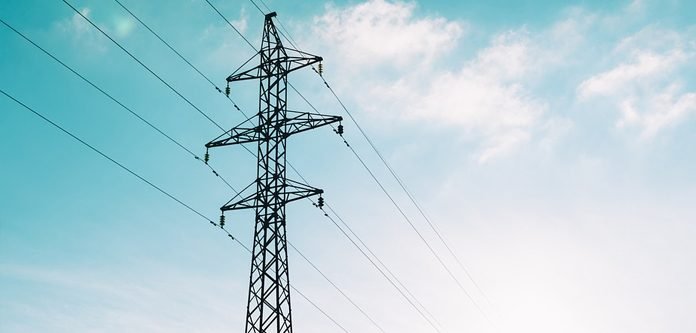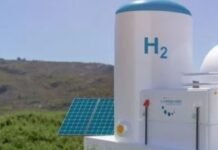The Government of Zimbabwe is in talks with Mozambique for an import of upto 400MW of electricity to enhance the alleviation of power outages facing the country – Fortune Chasi, Zimbabwe’s Minister for Energy and Power Development has said.
Zimbabwe is presently getting 50MW from its eastern neighbor, and is keen to access anything between 150MW and 400MW.
“We are actually in the process of engaging Hydro Cahora Bassa of Mozambique for more power imports,” said Minister Chasi in an interview recently.
South African power utility Eskom is already supplying Zimbabwe with 400MW, bringing an economic relief as businesses and consumers that had borne the brunt of severe load-shedding can now run about their businesses smoothly.
The minister said he was confident Zimbabwe would soon get increased power supplies from Mozambique.
READ: UK Climate Investments supports clean energy projects in South Africa
“After we meet the authorities there, we will be able to ascertain the levels of power that we will be able to get,” he said. “I am very confident that we will get a significant amount of power.”
He explained that the relative increase in load-shedding for domestic users in the past few days was occasioned by challenges faced with some generation units at Hwange Thermal Power Station.
“I must admit that there has been a bit of regression over the past few days; that is not a permanent situation. It has been due to challenges we faced on a number of units at Hwange,” he said.
Assurance
He assured citizens of Zimbabwe that the challenges are actively being worked on. “We want to continue to improve the availability of power and I want to assure the public that we are working very actively around the clock on the challenges that are at our thermostats.”
Minister Chasi said that Unit 5 at Hwange Power Station has returned to service, adding 160MW to the grid and that improvement in power supply would be evident as Unit 6 is set to be opened up for inspections in early September for fault diagnostics.
A payment of US$ 540,000 had been made for the inspection.
READ: Hwange Thermal Power Station expansion to boost Zimbabwe’s power
“Actual repair time is estimated at eight to twelve weeks and its return will make a meaningful difference. Unit 6 will add a further 160MW to the grid, bringing up Hwange power production to 670MW.”
The Zimbabwe government wants to get as much power as possible to ensure uninterrupted power supplies, particularly to the manufacturing, mining and agriculture sectors. Farmers want stable electricity supplies at this point to irrigate their winter wheat crop.
Power Tariff
Turning to the power tariff, Minister Chasi said it was important to have a viable tariff to lure potential investors to increase power generation.
“We need to interrogate the tariff and continue to improve it so that ZESA continues to recoup sufficient revenue from consumers for it to improve its financial condition and for attracting investment,” he said.
“Anyone who wants to invest in the country must look at the capacity of ZESA to pay them for the investment they would have made and ZESA pays from the consumers.”
Government recently approved a tariff increase, which now sees non-exporting businesses paying an average of 45c/kWh (approximately USc5/kWh) from 9,86c/kWh.
Domestic consumers now pay an average of 27c/kWh (approximately USc3/kWh), which is subsidised, from an average of 9,86c/kWh.
ZESA is also implementing the stepped prepayment tariff for domestic consumers to replace the flat tariff of 14c/KWh, to promote optimal use of power within a calendar month.





